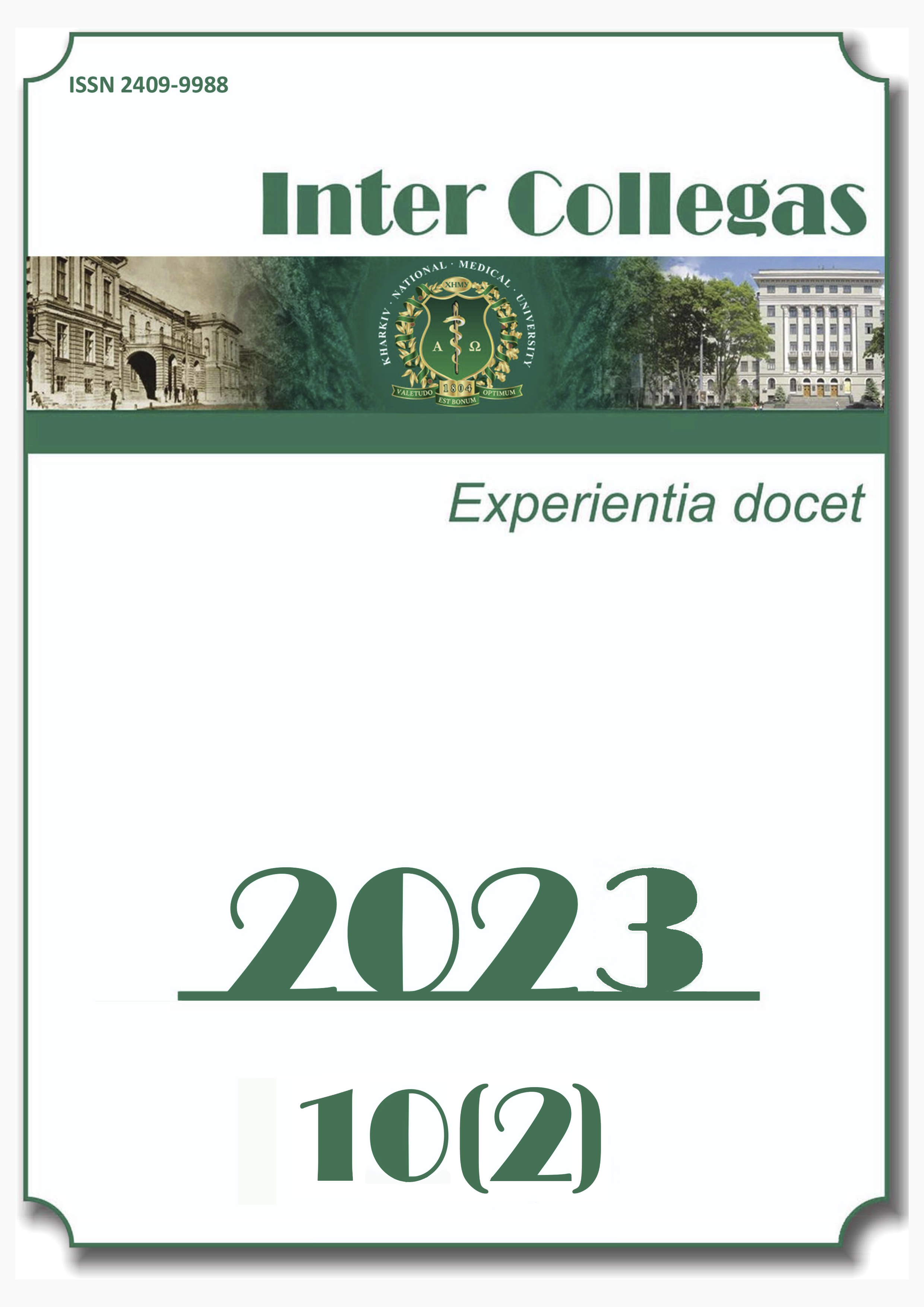Abstract
Background. The use of radiographic methods for examining patients with the ability to determine the density of examined tissues opens up wide opportunities for individually predicting damage to hard tissues of teeth, as well as determining risk groups for the development of their pathology at early stages, which requires a detailed study of the mineral density indicators of hard tissues of teeth of different groups within the norm, taking into account their age, sex, ethnic, and other characteristics.
The aim of the study was to determine the density indicators of hard tissues of permanent teeth of different groups in the cervical area and compare them.
Material and Methods. The density of hard tissues was determined by analyzing radiographs of 320 intact permanent teeth of 10 patients. Radiographs were made using a Siemens Sirona (XIOS XG Supreme, Germany) dental radiography unit with Trophy Radiologie software (version 7.0, Slovakia). The images were processed using Gendex VixWin Pro software (version 3.5, USA). The density was measured in Conditional Unit of Grayness (CUG). The results were presented as Me (25%; 75%), where Me represents the median, 25% denotes the 25th percentile (first quartile), and 75% denotes the 75th percentile (third quartile).
Results. Incisors, canines, and premolars exhibited the highest density in the dentin area; the lowest density was observed in incisors and premolars for cementum and in canines for enamel. In molars, enamel had the highest density, while cementum had the lowest. Significant differences in enamel density were observed among incisors and premolars, incisors and molars, canines and premolars, canines and molars, and premolars and molars. Significant differences in dentin density were found among incisors and canines, incisors and premolars, incisors and molars, canines and premolars, and canines and molars. Significant differences in cementum density were observed among incisors and canines, incisors and premolars, incisors and molars, canines and premolars, and premolars and molars.
Conclusion. The density indicators of enamel, dentin, and cementum established for groups of permanent incisors, canines, premolars, and molars are different for different tooth groups with characteristic density patterns.
Keywords: enamel, dentin, cementum, incisors, canines, premolars, molars.
References
Zabolotna II. Method for predicting the development of cervical caries and teeth with wedge-shaped defect in young people. Reports of Vinnytsia National Medical University. 2021;25(1):102-6. DOI: 10.31393/reports-vnmedical-2021-25(1)-19. [In Ukrainian].
Boytsanyuk SI, Kuznyak BV, Kuznyak L. Modern possibilities of early diagnosis of dental caries. Clinical Dentistry. 2014;1:29-32. DOI: 10.11603/2311-9624.2014.1.3191. [In Ukrainian].
Kunin AA, Evdokimova AY, Moiseeva NS. Age-related differences of tooth enamel morphochemistry in health and dental caries. EPMA J. 2015;6(1):3. DOI: 10.1186/s13167-014-0025-8. PMID: 25685249.
Buzalaf MAR, Magalhaes AC, Rios D. Prevention of erosive tooth wear: targeting nutritional and patient-related risks factors. Br Dent J. 2018;224(5):371-78. DOI: 10.1038/sj.bdj.2018.173. PMID: 29495031.
Chaykovska SYu. Analysis and comparison of age dynamics of the mineral content and mandibular osseous tissue density in school-age children. German Science Herald. 2017;1:46-50. DOI: 10.19221/2017110.
Soguyko RR. Peculiarities of density dynamics and mineral content of the mandible after bone-destructive injury and after the lincomycin use. Bulletin of problems in biology and medicine. 2019;4(154):320-5. DOI: 10.29254/2077-4214-2019-4-2-154-320-325. [In Ukrainian].
Oshurko AP, Oliynyk IYu. Dynamics of the bone density of the maxilla in human prenatal ontogenesis identified by computed tomography. Bulletin of problems in biology and medicine. 2019;1(149):300-5. DOI: 10.29254/2077-4214-2019-1-2-149-300-305. [In Ukrainian].
Kuroiedova VD, Vyzhenko YeYe, Stasiuk OA, Halyich LB, Petrova AV. Optical density of different parts of jaws in orthodontic patients during dentofacial development. Actual Problems of the Modern Medicine: Bulletin of the Ukrainian Medical Stomatological Academy. 2020;3(71):60-4. DOI: 10.31718/2077-1096.20.3.60. [In Ukrainian].

This work is licensed under a Creative Commons Attribution-NonCommercial-ShareAlike 4.0 International License.


